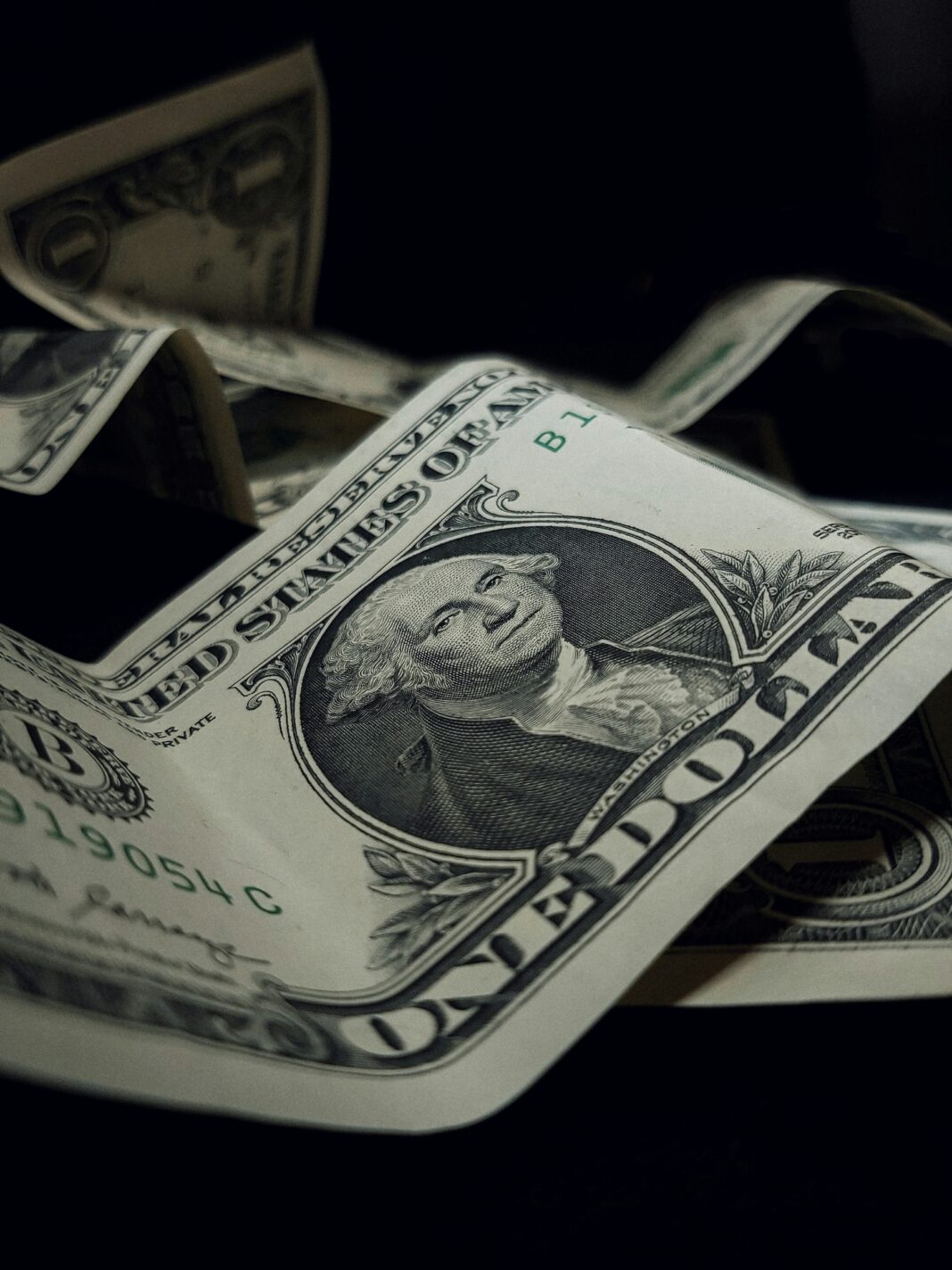The US dollar steadied on Monday, hovering around 99.6 on the dollar index, as investors grew more optimistic that Washington may be closing in on a deal to end the federal government shutdown. After a turbulent week dominated by political brinkmanship and softening economic data, signs of progress in Congress helped lift sentiment across the board, offering the greenback some much-needed support.
Market calm returned in early trading as Treasury yields climbed across maturities, with the benchmark 10-year note edging toward 4.14%, reflecting a modest re-pricing of political risk. The short end of the curve also saw upward pressure, suggesting that traders are reassessing the likelihood of a prolonged fiscal standoff that would weigh on growth.
The improved tone followed remarks from Senate Majority Leader John Thune, who said over the weekend that a bipartisan budget framework is taking shape. The emerging deal could reopen the government through January, temporarily removing one of the most immediate threats hanging over financial markets.
While the prospect of a functioning government brought relief, it also sparked a subtle shift in risk appetite. Renewed confidence could lure investors away from Treasuries—whose prices rise when demand surges during periods of uncertainty—and tilt flows toward equities and risk-sensitive assets. For the dollar, that dynamic provided modest support, though analysts caution that the gains may be fragile.
Consumer Sentiment Collapse Limits Dollar Upside
Despite the political progress, the dollar’s medium-term outlook remains clouded by weakening economic indicators. Friday’s University of Michigan consumer sentiment survey delivered a shock: confidence tumbled to 50.3, one of the lowest readings in recent years.
The survey highlighted a sharp deterioration in household views on both personal finances and the broader economy, driven in part by the ongoing government shutdown. Prolonged uncertainty has raised fears among families about delayed paychecks, disrupted services, and rising financial insecurity.
Economists have long warned that a meaningful blow to consumer morale—especially in an economy where 70% of GDP is driven by household spending—can quickly translate into slower growth. The Michigan survey appears to validate those concerns, reinforcing expectations that consumption may soften in the coming quarter.
For the dollar, soft sentiment data acts as a drag in two primary ways:
-
Lower spending expectations weigh on GDP forecasts, reducing the argument for a stronger currency.
-
Weaker consumer confidence strengthens the case for the Federal Reserve to cut rates, narrowing the yield differential with other major currencies.
Combined, these factors have limited the greenback’s upward momentum, even as political tensions ease.
Markets Eye Fed Speakers for Policy Clues
The currency market’s next major catalyst will be a slate of appearances from Federal Reserve officials in the coming days. Traders are hoping for greater clarity on how the central bank is interpreting the recent mix of data: faltering consumer sentiment, softer labor-market indicators, and inflation readings that remain above target but are cooling in several categories.
Analysts say the Fed’s communication challenge is intensifying. Officials must acknowledge signs of consumer stress without signalling undue alarm—especially at a time when the labor market is losing momentum but remains relatively resilient by historical standards.
If policymakers lean dovish, the dollar could face renewed downward pressure. Conversely, any hint that the Fed remains cautious about premature easing could stabilise yields and offer the greenback a temporary floor.
At present, markets assign roughly a 65% probability of a December rate cut, according to futures pricing. That figure has inched higher in recent weeks, driven by fears that the combination of a shutdown, weaker household sentiment, and cooling job creation may push the economy toward a softer landing than previously expected.
Shutdown Deal Buys Time, Not Certainty
Even if a bipartisan budget agreement clears Congress, markets recognise that the deal would only provide a short reprieve. A temporary funding extension through January helps prevent immediate economic fallout, but it does little to resolve deeper divides over spending priorities and fiscal sustainability.
For traders, this means the political risk premium—though diminished—will not disappear entirely. The dollar’s stabilisation near 99.6 reflects both relief and caution: relief that Washington may avert the worst-case scenario, and caution that another showdown could be only weeks away.
Outlook: A Currency Caught Between Politics and Policy
The dollar now sits at the intersection of two competing forces: improving political sentiment and deteriorating economic fundamentals. On one side, progress in Washington supports risk appetite and keeps yields elevated. On the other, plunging consumer confidence, a fragile labour market, and rising expectations of a December rate cut threaten to limit any sustained rally.
With markets increasingly sensitive to both fiscal developments and monetary policy signals, the greenback’s path in the coming weeks will hinge on whether political stability can outpace economic caution.
For now, the dollar is steady. But with sentiment softening and the Fed preparing to speak, investors may find that the calm of early Monday is only temporary.







































